Recommend
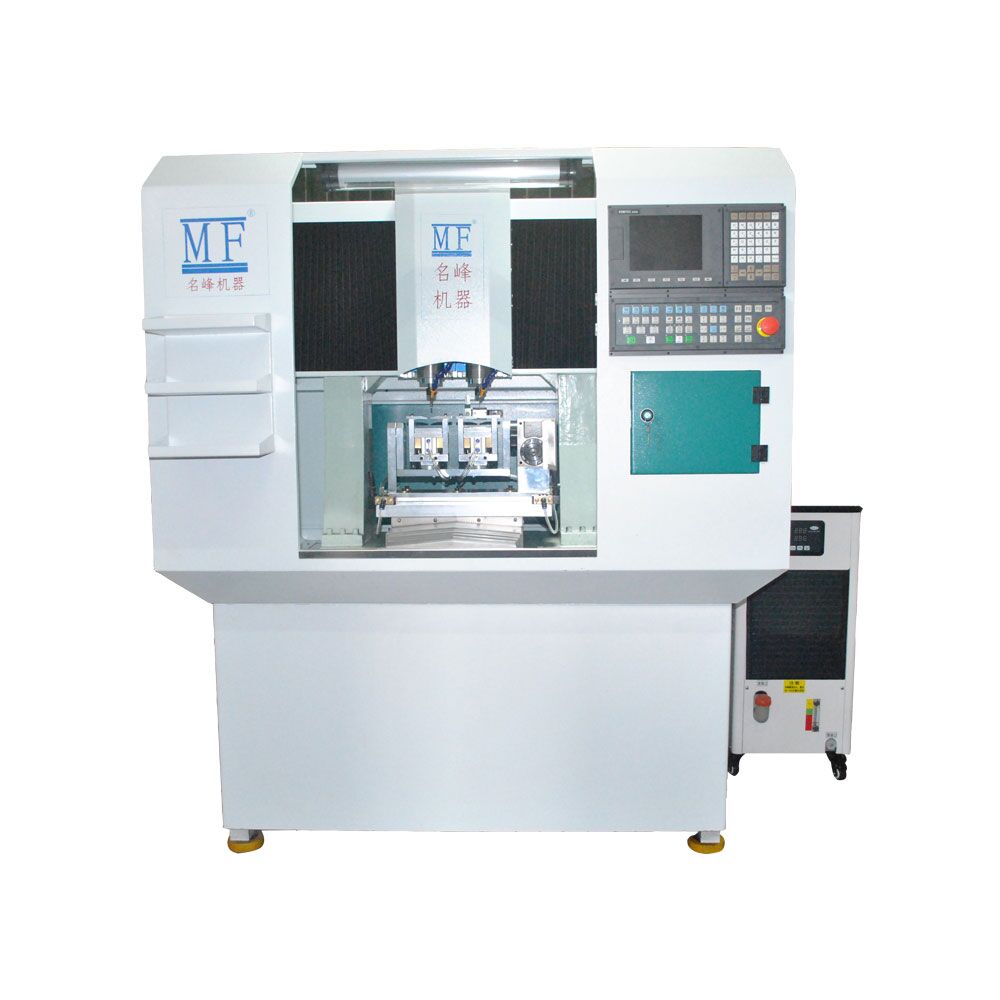
Five-axis double-head multi-function CNC...
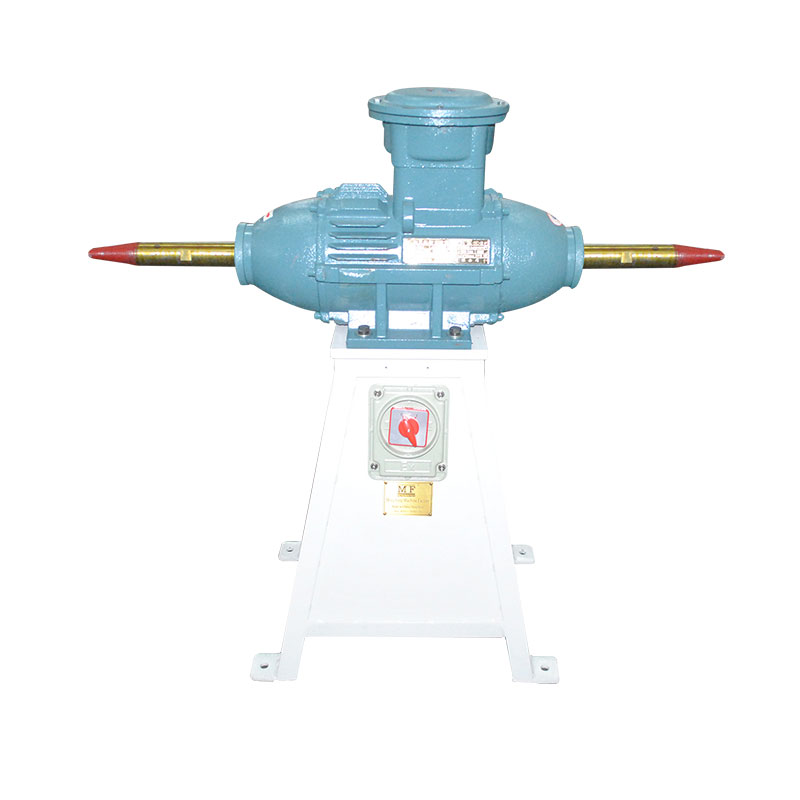
Gold frame explosion-proof polishing...
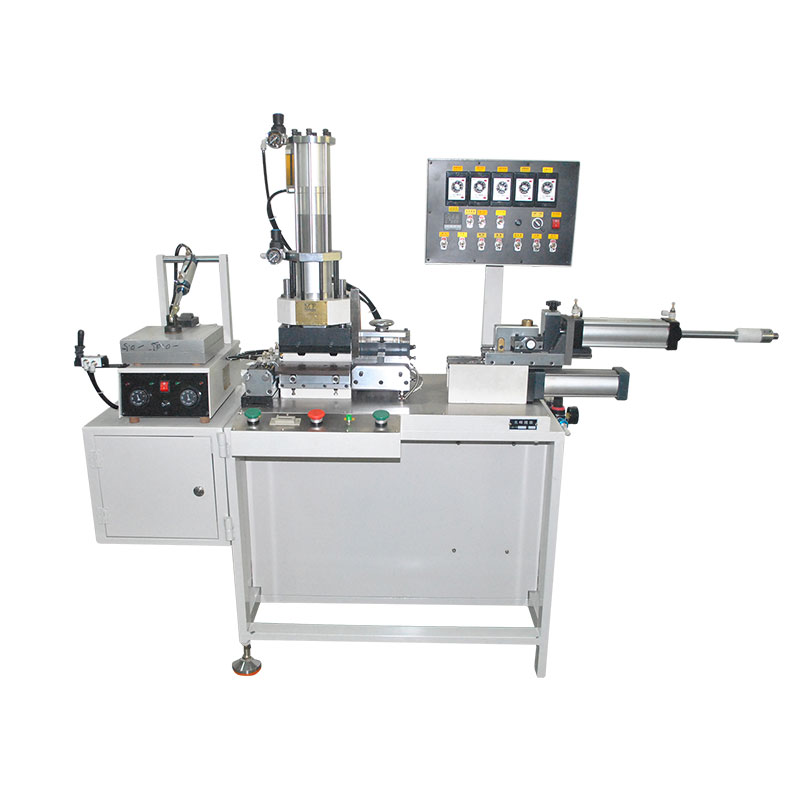
New dual axis copper core machine
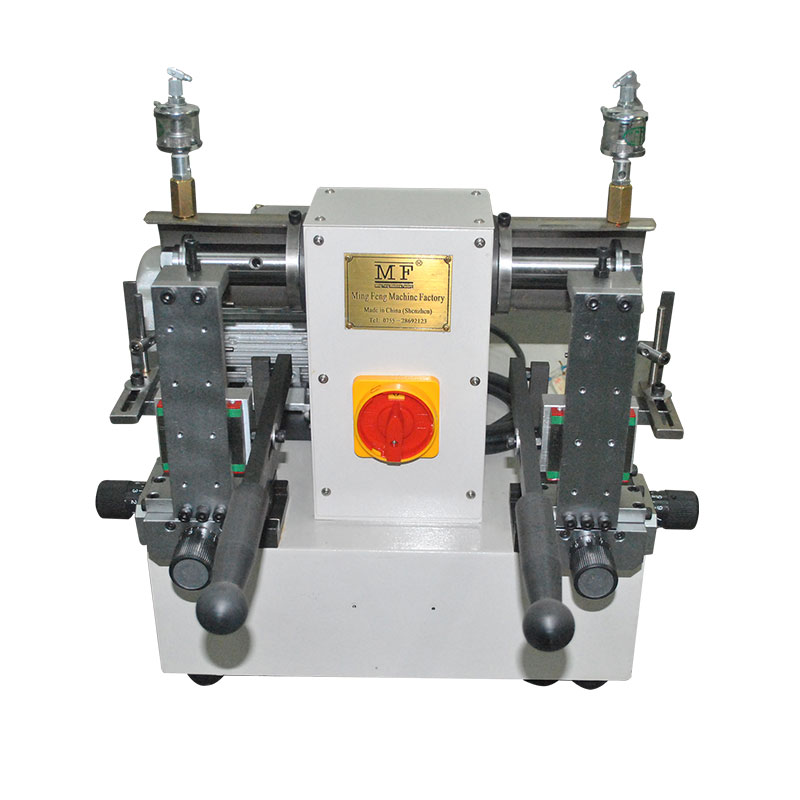
Manual Pile Cutting Machine II
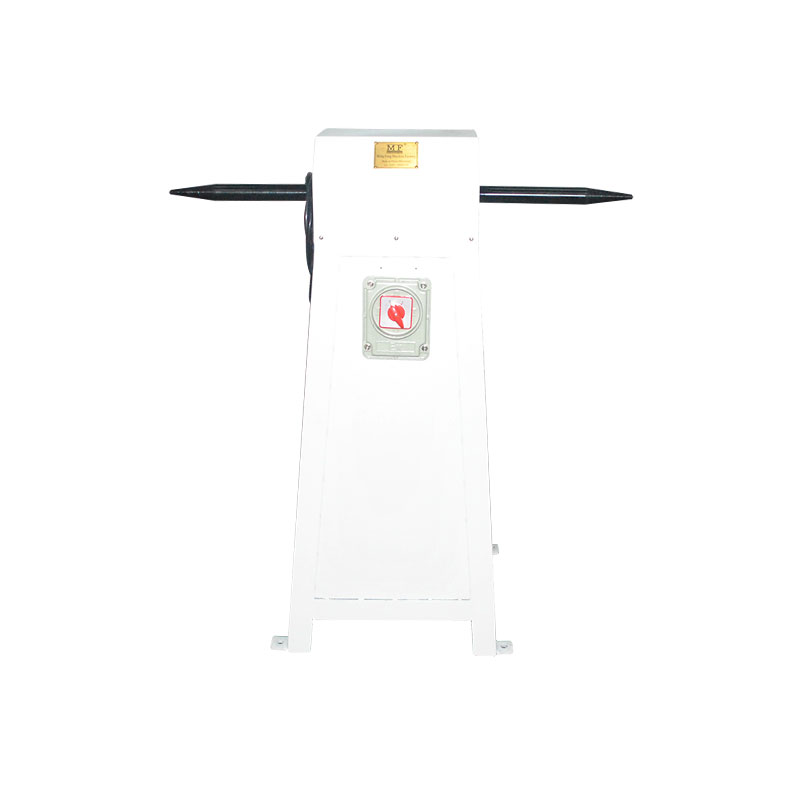
Explosion-proof polishing machine for...
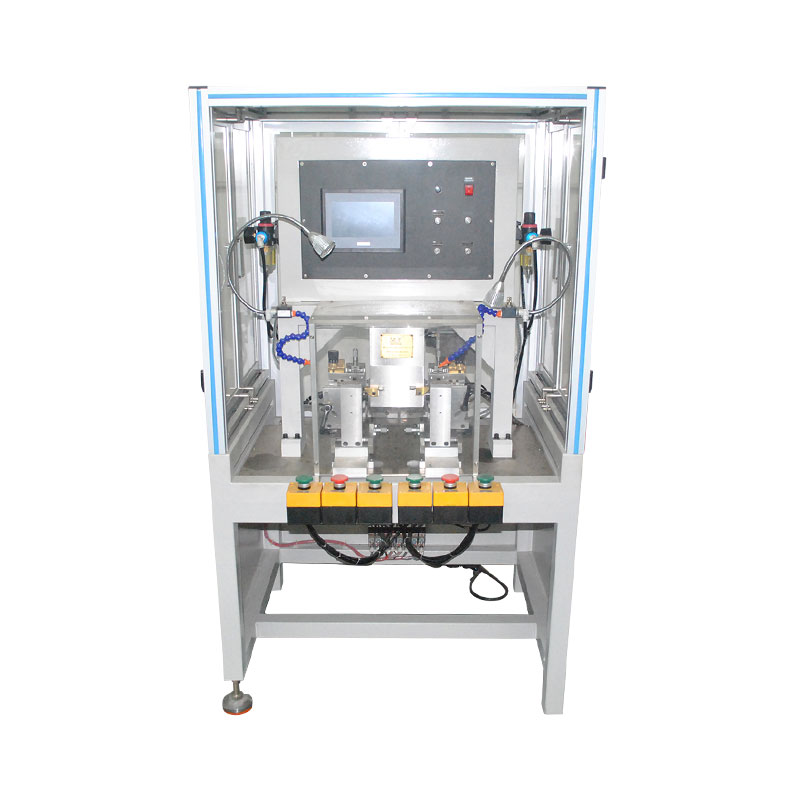
Environment-friendly double-head cutting...
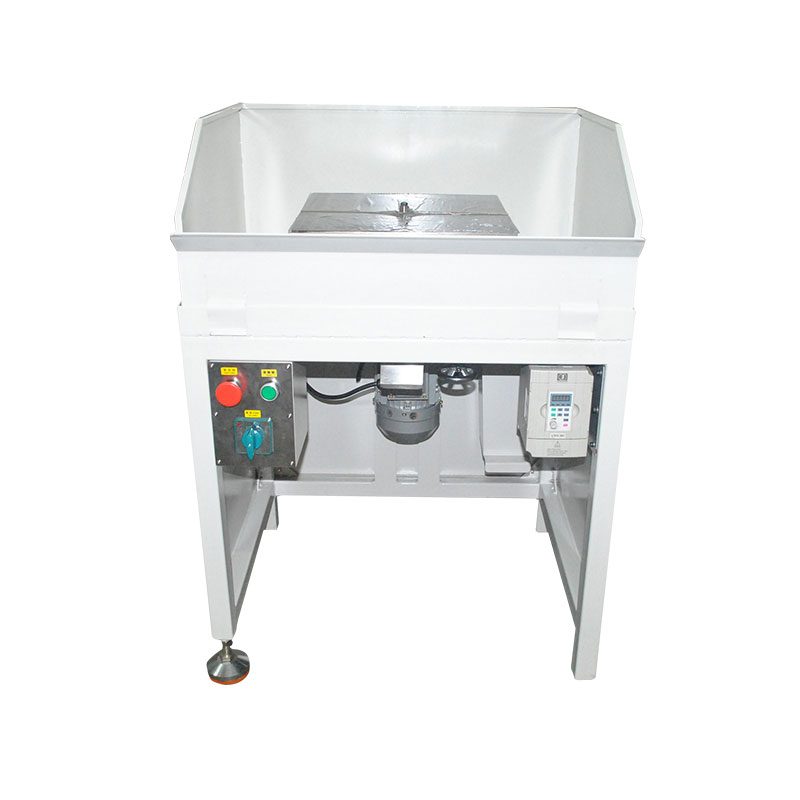
Environment-friendly high-speed gong...
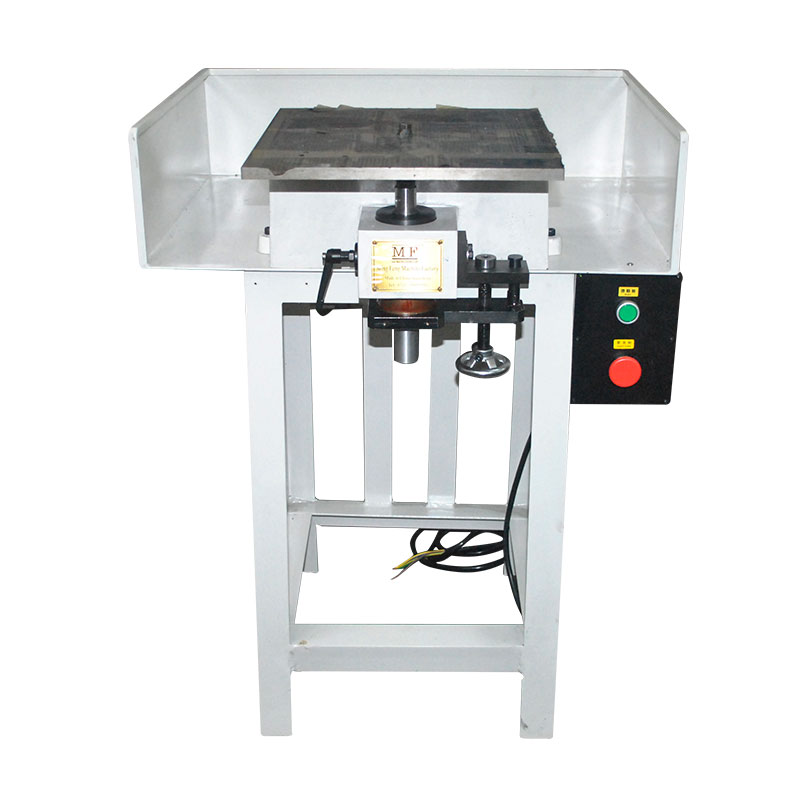
High-speed gong machine
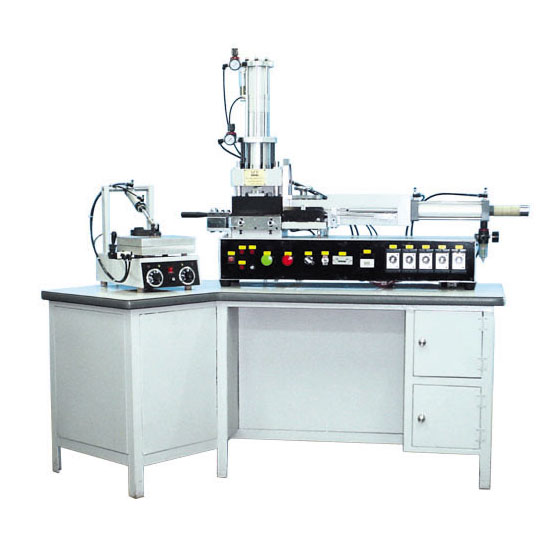
Single axis copper core machine
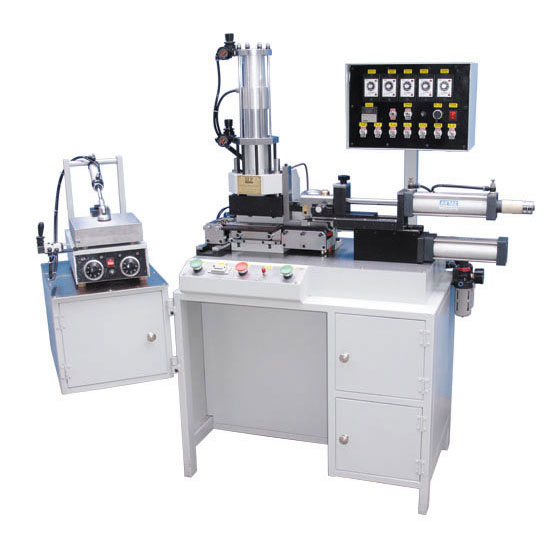
New dual axis copper core machine
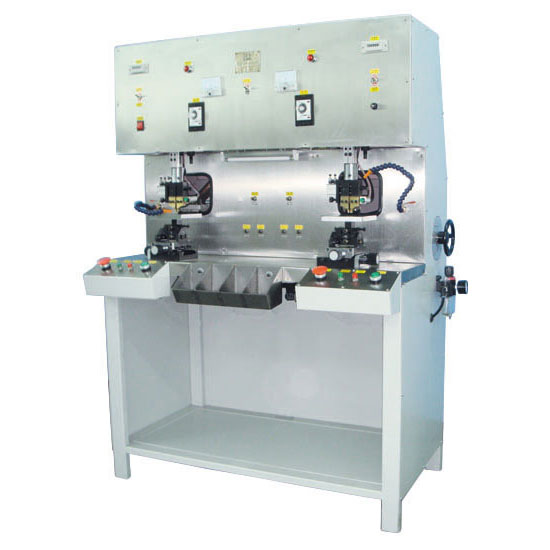
Nail glue machine
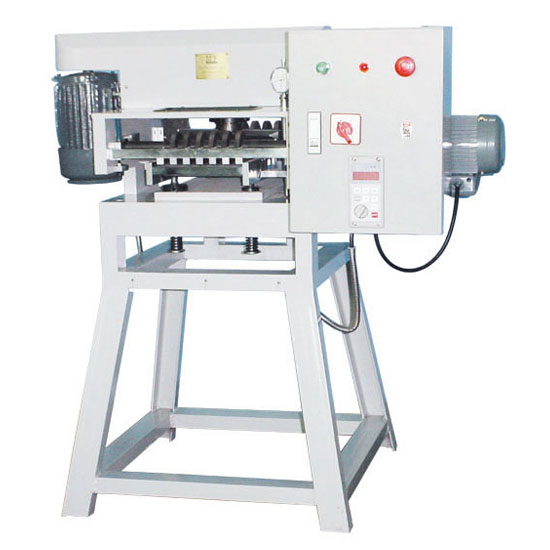
Planer
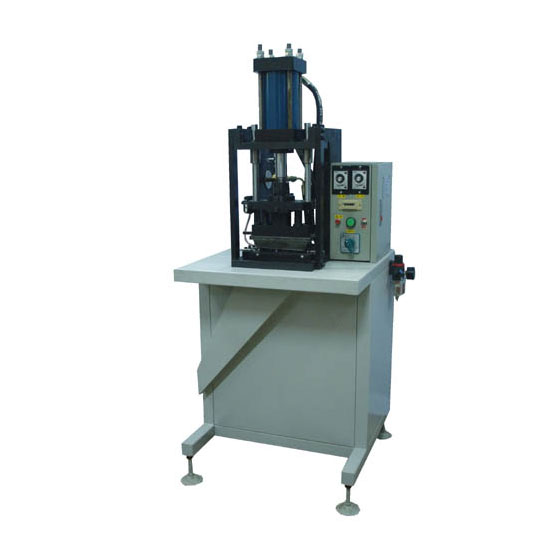
Hydraulic punching machine
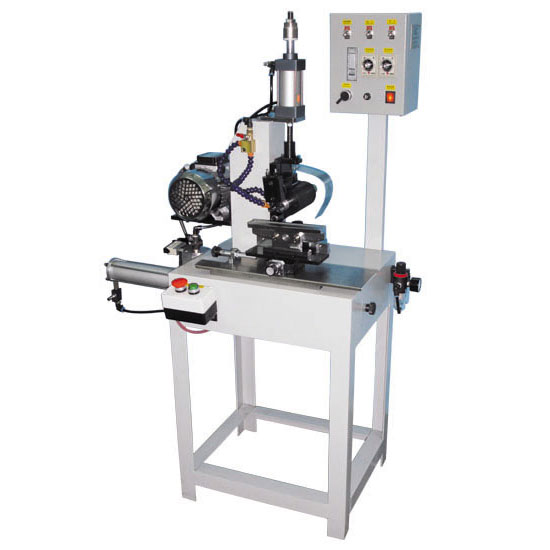
Wind oil pressure planer
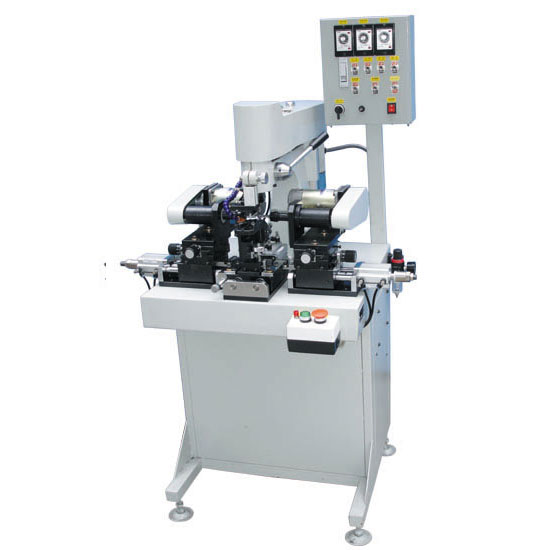
The new automatic three-sided planing...
Industry News HOME >> News >> Industry News
Over the past 50 years, with the advancement of power semiconductor devices and power electronics technology, UPS equipment has undergone the evolution process from multiple output power frequency transformers to a single output power frequency transformer, while higher performance high-power IGBT devices and more advanced The emergence of control technology has created material conditions for the UPS equipment to fundamentally remove the output isolation transformer, and has made great progress in high frequency, miniaturization, energy saving and green environmental protection. This is what people call "high Frequency machine ". This type of model embodies the progress of UPS circuit technology and represents the development direction of UPS technology. Compared with the traditional UPS with output transformer, it has made significant improvements and progress in further reducing volume, reducing weight, improving performance, improving efficiency, and reducing costs. It has become the first choice for modern data center UPS equipment. .
1 Removing the output transformer is an advancement in UPS circuit technology
One of the characteristics of the traditional double conversion online UPS circuit is the output through the power frequency isolation transformer. It should be said that the use of an output transformer is determined by the form of the UPS inverter output circuit, but the existence of a transformer is more harmful than beneficial. An obvious manifestation of the evolution of inverter circuit technology is: whether a transformer must be used, how to configure the transformer, and whether it is possible to remove the transformer.
The progress of UPS circuit technology depends on the progress of power semiconductor devices, from the emergence of power semiconductor devices such as thyristors (thyristors) to bipolar power transistors and electronically controlled IGBTs. With the UPS output circuit, four transformers to one The evolution of the transformer is shown in Figure 5.1. Since the 1880s, UPS inverters began to contain only one transformer.
Figure 5.1 UPS inverter circuit structure and output transformer changes
(1) Function of UPS output isolation transformer
It is very important to understand the function of the traditional UPS output isolation transformer, because it is only possible to replace and cancel it in a new generation of equipment when circuit measures can fully realize its function. It should be said that this transformer is an inseparable part of the full-frequency inverter of the power frequency machine, and its role is also very simple: boost and generate the neutral line of the three-phase four-wire output.
① One of the functions of the output transformer is to provide the required neutral for single-phase loads
An important function of the traditional double conversion UPS output transformer is the neutral line (or neutral line) required when generating a single-phase load power supply at the UPS output.
The DC / AC inverter of the UPS with output transformer is usually composed of a full-bridge circuit, as shown in Figure 5.2 and Figure 5.3. A transformer must be added to the output end, otherwise the function of outputting single-phase or three-phase four-wire AC voltage cannot be completed. Therefore, this transformer should be regarded as a transformer that produces an output neutral.
Figure 5.2 Single-phase UPS output DC / AC inverter Figure 5.3 Three-phase UPS output full-bridge DC / AC inverter
Take the single-phase UPS output DC / AC inverter as an example. It is a full-bridge inverter circuit. Each bridge arm has two series IGBTs (VT1--VT4). The output alternating voltage UAB is composed of two bridge arms. The midpoints A and B lead out.
When VT1 and VT4 are turned on at the same time (VT2 and VT3 are off), the current loop formed by DC voltage E is the positive terminal of voltage E—VT1—load A terminal—load—B terminal—VT4—negative terminal of voltage E; and When VT2 and VT3 are turned on at the same time (VT1 and VT4 are off), the current loop formed by DC voltage E is the positive terminal of voltage E—VT2—load—B terminal—load A terminal—VT3—the negative terminal of voltage E. If the period of VT1 and VT4 alternately conducting with VT2 and VT3 is 50 Hz, the voltage UAB applied to the load is a 50 Hz square wave or quasi-square wave with an amplitude of DC voltage E. If VT1 and VT4 and VT2 and VT3 are both High frequency sine wave pulse width modulation (SPWM) is regularly turned on and off, then the load terminal voltage UAB is a sine wave with adjustable amplitude.
It is worth noting that the input voltage of a single-phase load usually requires a neutral line, and this zero line is connected to the ground in the system (the output end of the system input transformer). Obviously, if you put the single-phase circuit in Figure 5.2 Any point of A or B is grounded at the output neutral line, which will cause the input voltage to short-circuit the ground line through the conducting semiconductor power device and immediately burn the inverter. However, if the output isolation transformer is connected to both ends of A and B, and the load is supplied through the isolation transformer, then both output terminals of the transformer secondary can be used as neutral output.
Here not only the output isolation transformer is required to generate a neutral line, but in order to provide normal power supply when the UPS is transferred to the bypass, the zero line generated by the output transformer must also be connected to the zero line of the system input.
② The second function of the output transformer is to match the output voltage
The traditional large and medium-sized UPS main circuit structure adopts silicon controlled rectifier to rectify the input AC power into DC power, and the battery is directly (or after DC / DC conversion) hung on the DC bus. When the input mains power is normal, the bridge inverter is powered by the adjustment of the silicon controlled rectifier circuit. It can be seen from the system structure that from the rectifier input to the inverter output, each link is a step-down link: SCR rectification needs to "cut off" part of the input voltage, and the price of its constant output voltage is the constant output voltage At a value lower than the full-wave rectified output voltage. The inverter link is also a step-down link. The inverter uses a pulse width modulation (PWM) method to invert the sinusoidal alternating current, and the result is also the output voltage level is reduced again. It is for the above reasons that in the UPS inverter of this structure, the output transformer plays the role of voltage matching and boosting, and the voltage output by the inverter is raised to a reasonable output range.
Previous:High power UPS power frequency...
Next page:Does the high frequency high...
Industry 4.0 is hailed as the fourth industrial revolution, advanced manufacturing model
2020-05-21
U.S. super total solar eclipse is approaching
2020-05-21
Beijing: Electric scooters and balance bikes will be fined 10 yuan
2020-05-21
The whole process of designing all digital IGBT rear pole high frequency machine
2020-05-21
High power UPS power frequency machine and high frequency machine are better or worse
2020-05-21
SHenZHen Mingfeng Machinery Equipment Co. ,Ltd. Shenzhen Mingfeng machine equipment Co. Ltd.Copyright 2016-
Mingfeng Machine © Copyright
Technical Support:XINQI